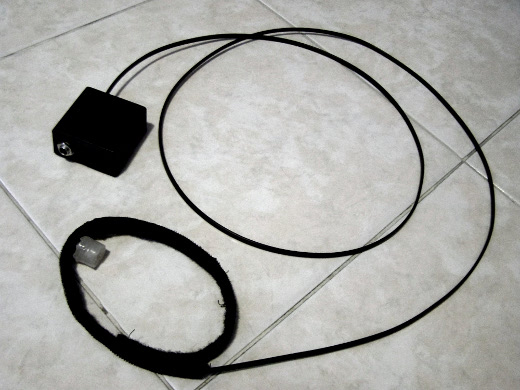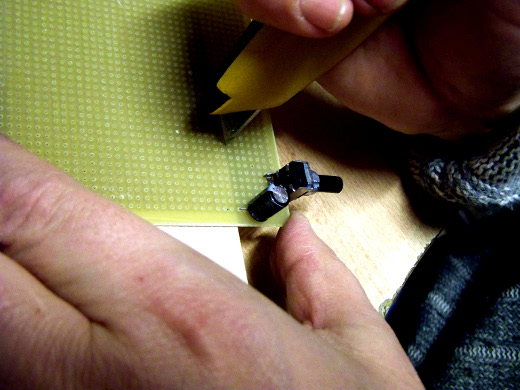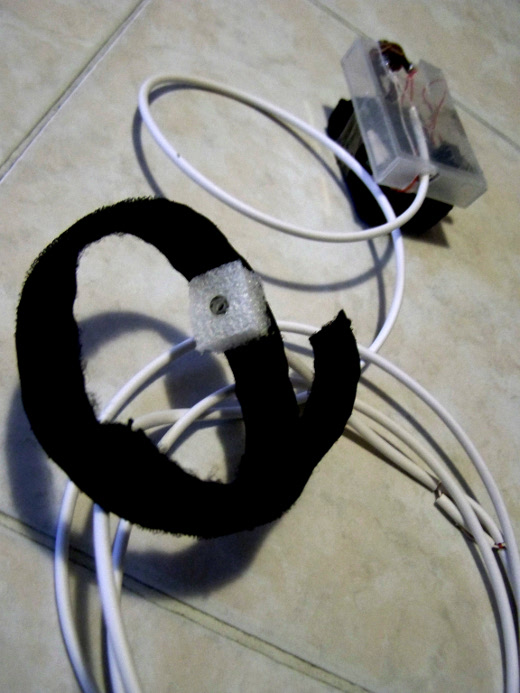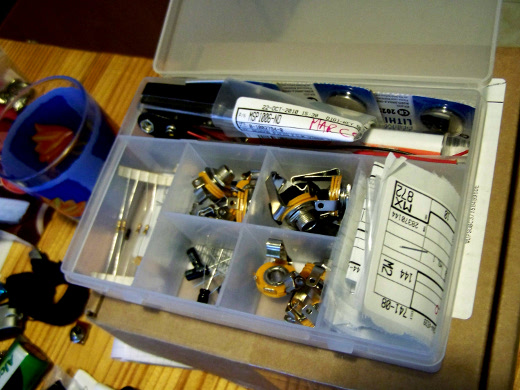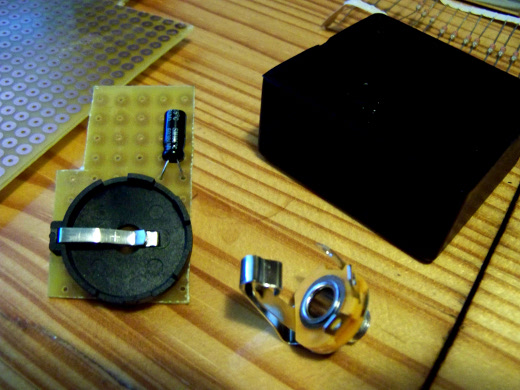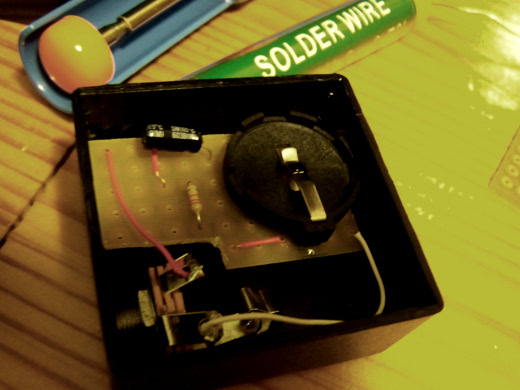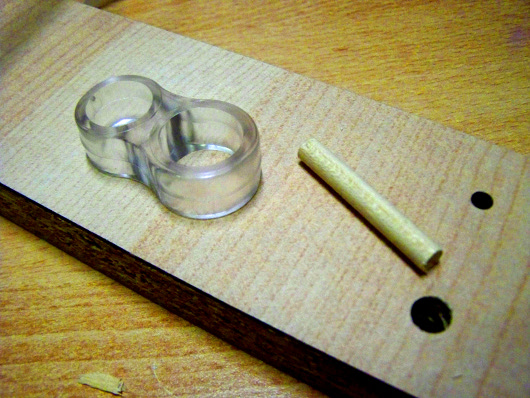Sensor hardware wearable prototype v1
Here’s the Xth Sense biosensing wearable prototype v1.
Keeping up with the hardware design for a couple of weeks, I eventually felt it was the right time to make it wearable. During the Christmas holidays I came back to Italy where Andrea Donnarumma and Marianna Cozzolino gave me an incredibly precious support both during the design process and the technical development.
Before undertaking the development of the Xth Sense sensor hardware, few crucial criteria were defined:
- to develop a wearable, unobtrusive device, allowing a performer to freely move on stage;
- to implement an extremely sensitive hardware device which could efficiently capture in real time and with very low latency diverse muscle sounds;
- to make use of the most inexpensive hardware solutions, assuring a low implementation cost;
- to implement the most accessible and straightforward production methodology in order to foster the future re-distribution and openness of the hardware.
So here’s a loose summary of the making of the Xth Sense biosensing hardware wearable prototype v1.
First, we handled the battery issue. We were not sure whether the microphone would have reacted properly and with the same sensitivity using a standalone battery, so we hacked an old portable minicassetter recorder and extracted the battery case. Next we built the circuit on a copper board, included a trimmer to regulate the voltage feeding the microphone and embedded everything in a plastic DV cassette box along with a 1/2 mono chassis jack socket. Then, we used some common wiring cable to connect the hacked battery case to the circuit and the bracelet to the circuit box.
The resulting device was obviously quite unsophisticated, but we simply wanted to make sure the microphone would have maintained the same capabilities while on battery charge. The experiment was successfull and we started planning a more usable and good-looking design.
First of all we looked for appropriate components: black box (3.15 x 1.57 x 0.67), smaller condenser and resistors, 3V coin lithium batteries and their holders (which were not so easy to find as we expected) and a more flexible wiring cable.
At this point, circuit needed to be used on a smaller copper board, so we slightly changed its design in order to decrease size and make it nicely fit the box.
Device worked like a charm, but in spite of the positive results the microphone shield required further trials. The importance of the shield was manifold; an optimal shield had to fit specific requirements: to bypass the 60Hz electrical interference which can be heard when alternating electric current distribute itself within the skin after a direct contact with the microphone metal case; to narrow the sensitive area of the microphone, filtering out external noises; to keep the microphone static, avoiding external air pressure to affect the signal; to provide a suitable air chamber for the microphone, in order to amplify sonic vibrations of the muscles, allowing to capture also deeper muscle contractions.
First, microphone was insulated by mean of a polyurethane shield, but due to the strong malleability of this material, its initial shape tended to undergo substantial alterations. Eventually, sensor was insulated in a common silicon case that positively satisfied the requirements and further enhanced the Signal-to-noise ratio (SNR).
This detail notably increased the sensitivity of the biosensing device, giving a wider range of interaction.
Such result satisfies the present hardware requirements: the device is very small, it can be put in a pocket or hooked to a belt, and it is enough sturdy to be used with no particular care. I’m going to test the performance of the device during a demo presentation at Suonisonori, Milan Italy in few days.
